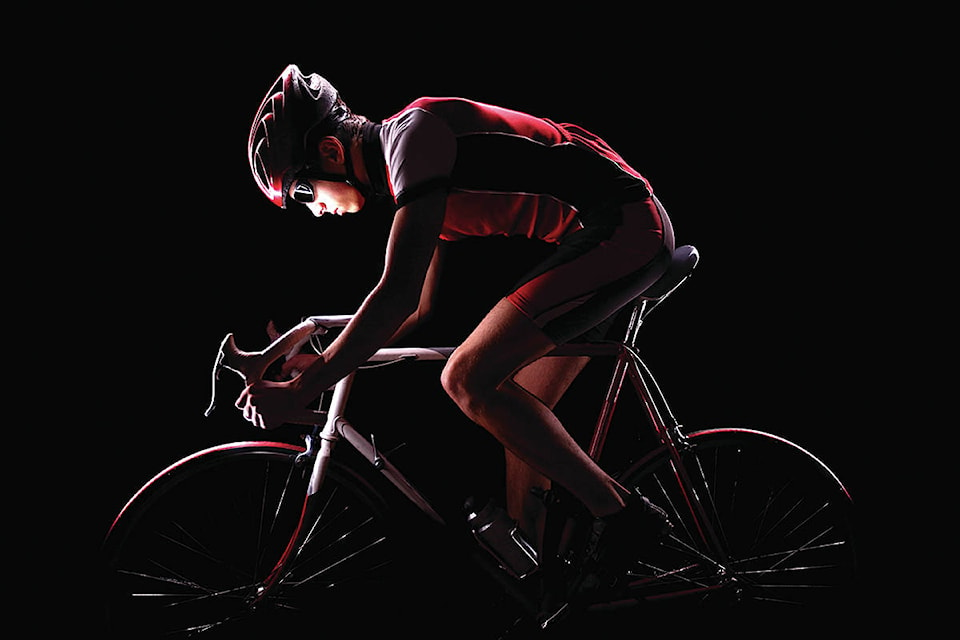We can’t ignore it any longer. The dark is catching up to us earlier and earlier each night.
Thankfully, the shorter days and longer nights means Night Riding is back in season!
With the right light setup, night riding is some of the most fun you’ll ever have on your bike. It’s like riding in warp speed, while you become hyper-focussed on the limited vision your lights afford you.
It can also breathe new life into the trails you ride all the time and know like the back of your hand. Night riding is a strangely exhilarating adventure that you’ll crave, if you have the right lights.
In fact, most group rides this time of year, like the popular River City Cycle Club rides, make having lights for evening rides mandatory. Besides, it’s smart to be prepared in case you get stuck out in the trails a little longer than expected.
So what’s the optimal light setup for a good night ride? We think having a handlebar and helmet light is the best.
If you can only do one light, get a bright one for your bar, but having both a bar and helmet light gets you a much better experience.
Your bar light is your workhorse. It’s your primary light you depend on to really light up the trail. If you’re waffling about how bright to go, consider getting at least 1,200 lumens.
You won’t regret going higher because this generally means you’ll get longer battery life if you decide to run the light in its lower brightness settings. Fortunately, bright lights that have good battery life are far more affordable then they used to be. A bright 1,200-1,800 light can be had for well under $200.
Your helmet light doesn’t need to be quite as bright, something in the 700-900 lumen range is good.
Helmet lights should be nice and focussed because it follows you’re gaze as you ride. This light is crucial for picking up the contours and details of the trail as you corner and go over bumps. These lights need to attach to your helmet with a strap or helmet-specific clip to ensure the fitting will work with your helmet. You also want to get a lighter helmet light so you don’t get a sore neck.
Quick tip: get yourself a set of lights that can be run in multiple brightness settings. For night riding you’ll often run your lights in the medium or low setting as the sun sets. This gives you some much needed light but also prolongs battery life as long as possible.
Get out there and enjoy these longer nights the best way possible, on two wheels!
– Article courtesy Pedal Your World
